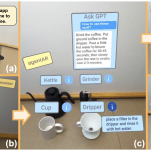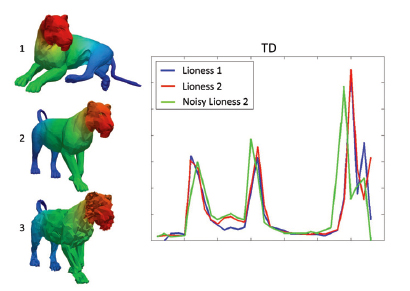
by preciseadmin | May 14, 2011 | 2011, HUMAN SHAPE INTERACTION, Karthik Ramani, Publications, Shape Understanding
Abstract: Recent developments in acquisition techniques are resulting in a very rapid growth of the number of available three dimensional (3D) models across areas as diverse as engineering, medicine and biology. It is therefore of great interest to develop the...
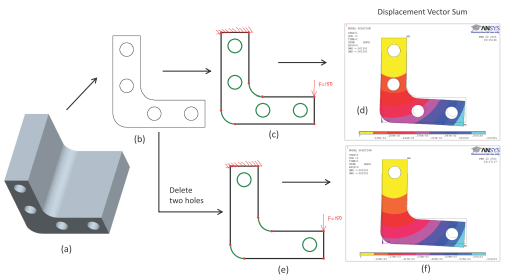
by _not_Exist_ | May 14, 2011 | 2011, HUMAN SHAPE INTERACTION, Karthik Ramani, Publications, Shape Understanding, Vinayak
Abstract: Product development is seeing a paradigm shift in the form of a simulation-driven approach. Recently, companies and designers have started to realize that simulation has the biggest impact when used as a concept verification tool in early stages of design....
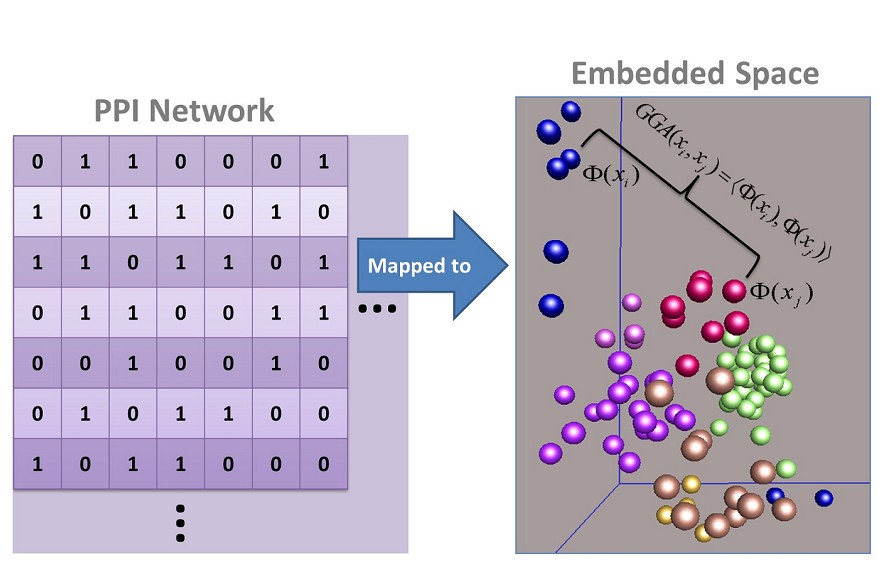
by preciseadmin | May 14, 2011 | 2011, HUMAN SHAPE INTERACTION, Karthik Ramani, Publications, Shape Understanding, William Benjamin
Abstract: Protein-protein interaction (PPI) network analysis presents an essential role in understanding the functional relationship among proteins in a living biological system. Despite the success of current approaches for understanding the PPI network, the large...
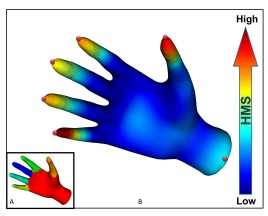
by preciseadmin | May 14, 2011 | 2011, HUMAN SHAPE INTERACTION, Karthik Ramani, Publications, Shape Understanding
Abstract: 3D mesh segmentation is a fundamental low-level task with applications in areas as diverse as computer vision, computer-aided design, bio-informatics, and 3D medical imaging. A perceptually consistent mesh segmentation (PCMS), as defined in this paper is one...

by preciseadmin | May 10, 2011 | 2011, Design Collaboration, Design Learn, DESIGN METHOD, Karthik Ramani, Publications
Abstract: Wikis, freely editable collections of web pages, exhibit potential for a flexible documentation and communication tool for collaborative design tasks as well as support for team design thinking early in the design process. The purpose of this work is to...

by Dev Ramanujan | Mar 3, 2011 | 2011, DESIGN METHOD, Design Representation, Devarajan Ramanujan, Karthik Ramani, Publications, William Z Bernstein
Abstract: The Function Impact Method (FIM) is a semi-quantitative eco-design methodology that is targeted specifically towards the early stages of the design process. The FIM allows a designer to predict the environmental impacts associated with a new functional...








